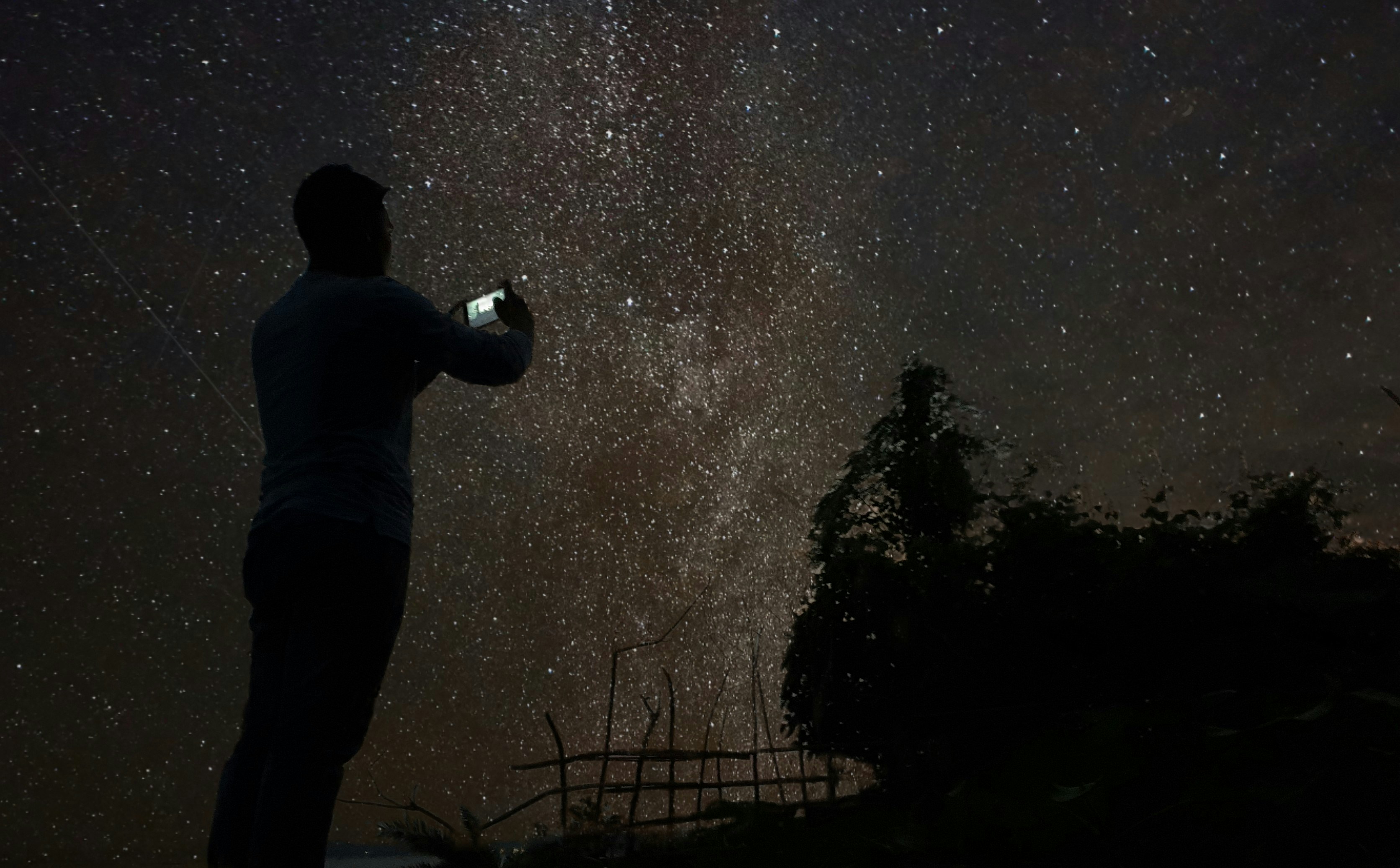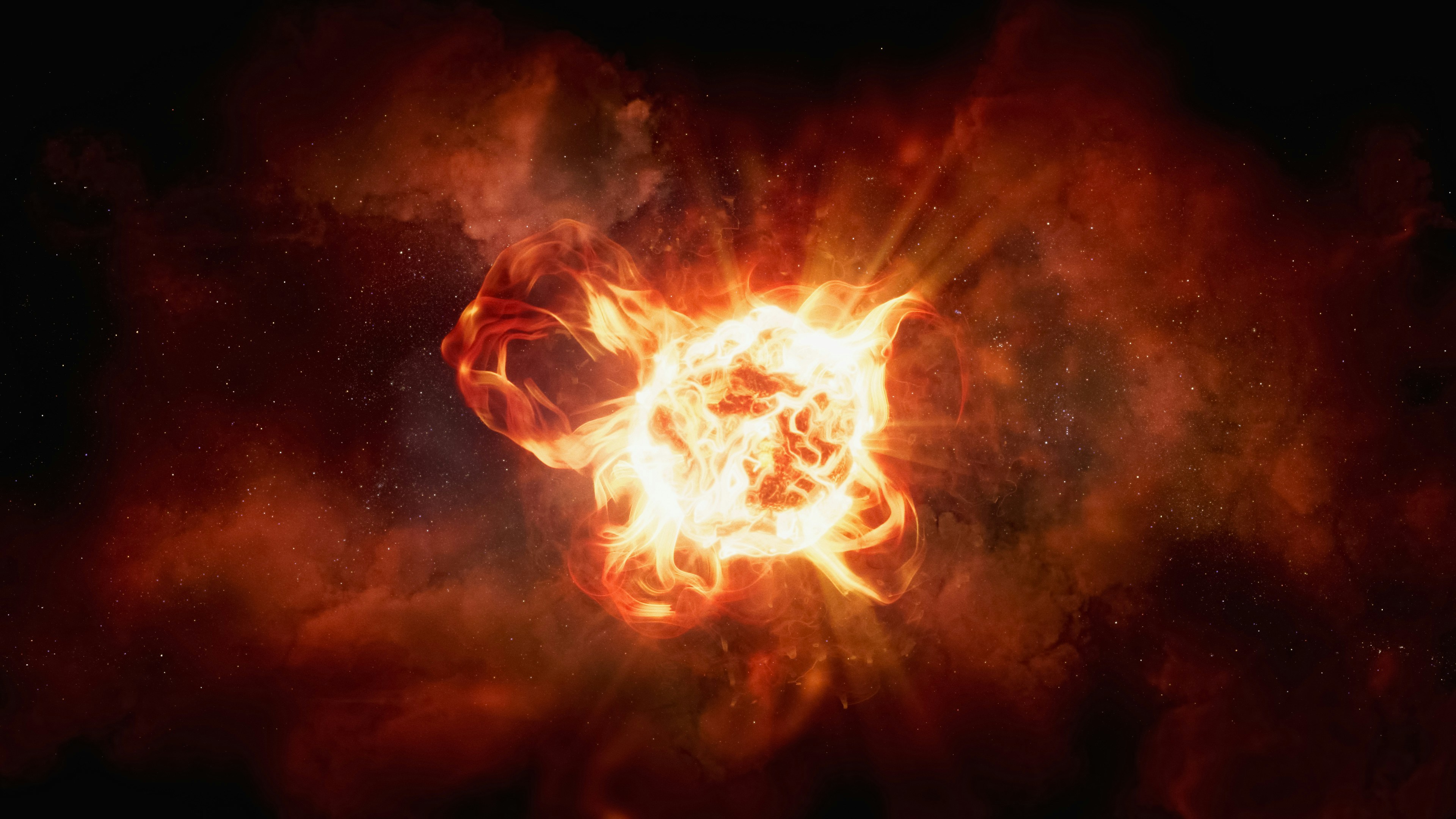The solar system, with its intricate arrangement of planets, moons, asteroids, and comets, represents a remarkable transformation from primordial chaos to ordered complexity. By examining its origins, scientists can trace the processes that shaped not only our cosmic neighborhood but also planetary systems throughout the universe. From turbulent molecular clouds to structured orbits and minor bodies that preserve ancient secrets, the story of the solar system illuminates the dynamic forces of gravity, chemistry, and time. This exploration reveals how order emerges from chaos and highlights the enduring significance of minor bodies in understanding planetary formation, evolution, and the potential origins of life.
Introduction: Understanding the Origins of the Solar System
The formation and evolution of the solar system is a topic that lies at the intersection of astronomy, planetary science, and cosmology. It offers profound insights into the processes that govern not only our own celestial neighborhood but also the formation of planetary systems across the universe. From its chaotic beginnings in a primordial molecular cloud to the ordered system of planets, moons, and minor bodies we observe today, the solar system’s history reflects a complex interplay of physics, chemistry, and time.
Early human understanding of the cosmos viewed the heavens as static and immutable, a perspective that persisted until the advent of modern astronomy. With the development of telescopes and observational methods, scientists began to recognize that the solar system is a dynamic structure with a history spanning billions of years. Contemporary planetary science seeks to reconstruct this history by studying the distribution of planetary bodies, their chemical composition, orbital dynamics, and the remnants of early processes preserved in asteroids, comets, and meteorites.
This essay explores the evolution of the solar system, emphasizing the transition from initial chaos to its present order. It examines the formation of the Sun and planets, the role of minor bodies, the dynamic interactions that shaped planetary orbits, and the ongoing processes that continue to influence the solar system’s architecture.
The Primordial Nebula and Early Chaos
The solar system began approximately 4.6 billion years ago from a collapsing region of a molecular cloud composed primarily of hydrogen and helium, with trace amounts of heavier elements produced by previous generations of stars. This cloud, often referred to as the solar nebula, was subject to gravitational instabilities that initiated collapse, leading to the formation of a dense central region surrounded by a rotating disk of gas and dust.
During this early chaotic phase, conditions were highly turbulent. Collisions between dust grains led to the gradual growth of planetesimals—solid bodies ranging from a few meters to hundreds of kilometers in diameter. Gravitational interactions among these planetesimals caused frequent collisions, fragmentation, and accretion, processes that were both destructive and constructive. The chaotic nature of this stage is reflected in the irregular orbits of early bodies and the stochastic distribution of material within the disk.
The table below summarizes the key features of the early solar system and the processes that governed its evolution:
| Feature | Characteristics | Role in Evolution |
|---|---|---|
| Molecular Cloud Composition | Primarily H and He, trace heavy elements | Source material for Sun and planets |
| Planetesimals | Small solid bodies | Building blocks of planets and minor bodies |
| Disk Turbulence | High-velocity collisions, fragmentation | Facilitated growth and redistribution of matter |
| Gravitational Interactions | Perturbations among forming bodies | Shaped orbits, caused mergers and ejections |
| Solar Proto-Sun Formation | Central condensation of gas | Provided energy and radiation shaping the disk |
Understanding these chaotic processes is critical because they set the initial conditions for the orderly structure that would emerge. Modern simulations of planetary formation show that stochastic events, such as collisions and orbital resonances, had a decisive impact on the mass distribution and composition of the planets.
Formation of Planets: From Gas Giants to Terrestrial Worlds
As the solar nebula evolved, a distinction emerged between regions that would form gas giants and those that would develop into terrestrial planets. The inner solar system, closer to the proto-Sun, was dominated by high temperatures that prevented volatile compounds such as water and methane from condensing. In this region, rocky and metallic materials coalesced to form the terrestrial planets: Mercury, Venus, Earth, and Mars.
In contrast, the cooler outer solar system allowed ices and gases to condense. Here, massive cores of ice and rock could accumulate substantial atmospheres of hydrogen and helium, giving rise to gas giants such as Jupiter and Saturn, and ice giants like Uranus and Neptune. These planets exerted significant gravitational influence, reshaping the distribution of smaller bodies and sculpting the asteroid and Kuiper belts.
A key mechanism in planetary formation was accretion, wherein growing planetesimals captured smaller bodies through gravity. This process was highly stochastic; some collisions resulted in mergers, while others led to fragmentation. The giant-impact hypothesis, for example, suggests that Earth’s Moon formed from a massive collision between the proto-Earth and a Mars-sized body, demonstrating the chaotic yet constructive nature of early solar system events.
The orderly arrangement of planets with relatively stable, nearly circular orbits emerged from complex gravitational interactions, including:
-
Orbital resonances that prevented close encounters and collisions.
-
Planetary migration driven by interactions with the protoplanetary disk.
-
Ejection of unstable bodies into the outer reaches of the solar system or interstellar space.
These interactions transformed initial chaos into a system characterized by structured orbits, mass hierarchies, and distinct planetary classes.
Asteroids, Comets, and the Role of Minor Bodies
While planets dominate the solar system’s architecture, minor bodies such as asteroids and comets provide crucial insights into its early history. These remnants of the solar nebula are largely unaltered, preserving the chemical and isotopic signatures of the primordial disk.
Asteroids, primarily located in the main belt between Mars and Jupiter, are composed of rock and metal. Their distribution reflects the gravitational influence of Jupiter, which inhibited planet formation in this region. Collisions among asteroids produced meteorites, which serve as accessible samples for laboratory study, allowing scientists to reconstruct conditions in the early solar system.
Comets, composed of ices, dust, and volatile compounds, originate from the Kuiper Belt and Oort Cloud. When these bodies enter the inner solar system, solar heating releases gases and dust, forming characteristic tails. Comets are particularly valuable because they contain pristine ices and organic molecules, offering clues about the delivery of water and prebiotic compounds to Earth.
The role of minor bodies extends beyond scientific investigation; they also influenced planetary evolution through impact events. The Late Heavy Bombardment, a period approximately 4 billion years ago marked by frequent collisions, likely shaped planetary surfaces, contributed to the formation of craters, and may have influenced the early development of Earth’s atmosphere and hydrosphere.
A list of key functions of minor bodies in solar system evolution includes:
-
Preserving primordial materials for scientific study.
-
Mediating mass and energy transfer through collisions.
-
Influencing planetary atmospheres and surface conditions.
-
Contributing to the delivery of water and organics to terrestrial planets.
Overall, asteroids and comets act as time capsules, offering a direct window into the processes that shaped the early solar system. Studying these minor bodies not only deepens our understanding of planetary formation but also informs planetary defense strategies and the search for the origins of life on Earth.
The Transition to Order: Stability, Resonance, and Ongoing Evolution
The transition from chaos to order in the solar system was gradual, involving a combination of dissipative processes and gravitational stabilization. As planets accreted mass and cleared their orbits of debris, they established relatively stable configurations. Orbital resonances, particularly among the gas giants, prevented close encounters and helped maintain long-term stability.
Beyond gravitational interactions, dissipative effects such as gas drag and tidal forces contributed to orbital circularization and axial alignment. Over millions of years, the solar system reached a quasi-stable state characterized by the following features:
| Aspect | Present Characteristics | Significance |
|---|---|---|
| Planetary Orbits | Near-circular, coplanar | Reduces collision risk, supports stable climate zones |
| Planetary Mass Distribution | Inner rocky, outer gas/ice giants | Reflects temperature-dependent condensation zones |
| Minor Body Distribution | Asteroid belt, Kuiper Belt, Oort Cloud | Preserves primordial material, influences evolution |
| Orbital Resonances | Jupiter-Saturn and Neptune-Kuiper interactions | Maintains long-term stability and orbital spacing |
| Residual Debris | Comets and meteoroids | Provides insight into formation processes |
Even in its current stable state, the solar system is not static. Planetary migration, resonant interactions, and occasional impact events continue to influence its architecture, demonstrating that order is not synonymous with rigidity but rather a balance between dynamic forces.
Conclusion: From Cosmic Chaos to a Structured System
The evolution of the solar system illustrates a profound journey from disorder to structure. Beginning as a turbulent molecular cloud, the system underwent a series of complex processes including accretion, collision, planetary migration, and gravitational stabilization, ultimately resulting in the ordered arrangement we observe today. Minor bodies like asteroids and comets serve as windows into this primordial chaos, preserving information about the early universe and the processes that shaped planetary formation.
Understanding solar system evolution is not merely an academic pursuit; it informs planetary science, guides the search for exoplanets, and provides a context for the emergence of life on Earth. By studying the transition from chaos to order, scientists gain insights into the universal principles governing the formation of planetary systems and the ongoing dynamism of celestial structures. The solar system remains a remarkable testament to the interplay of physics, chemistry, and time, a natural laboratory in which the story of cosmic evolution unfolds.


